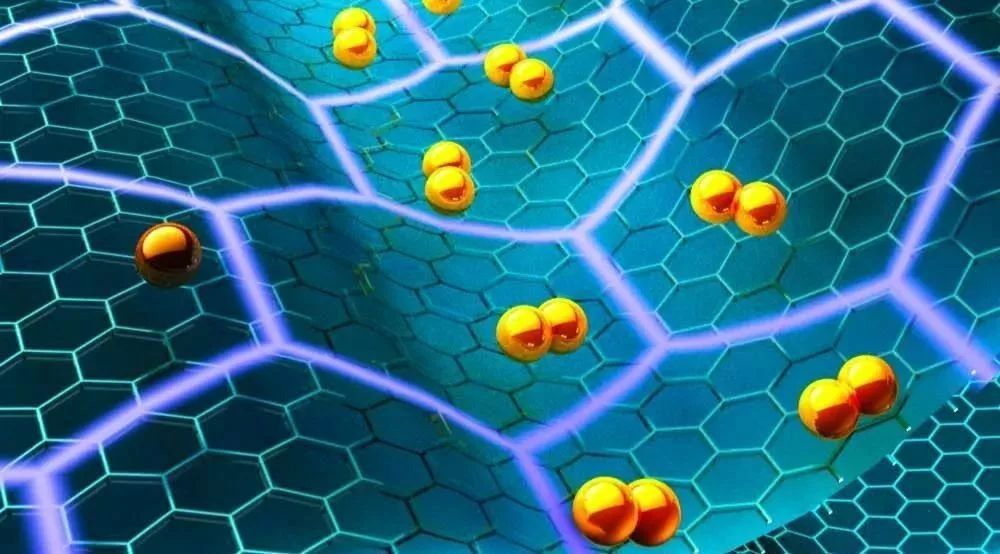The Relationship Between Graphene’s Electrical Conductivity and Temperature
The electrical conductivity of graphene decreases as temperature increases, primarily due to the effects of phonon scattering and anharmonic vibrations.
Factors Affecting Conductivity:
- Phonon and Impurity Scattering: As temperature rises, lattice vibrations (phonons) become more intense, increasing the scattering of electrons. This heightened scattering reduces graphene’s electrical conductivity.
- Temperature’s Specific Impact: Studies indicate that at absolute zero temperature, the electrical conductivity and Fermi velocity of alkali-metal-supported graphene are constant. However, as the temperature increases, conductivity decreases. This change is more pronounced at lower temperatures (below 300 K) and slows down at higher temperatures, indicating that phonon contributions dominate the temperature-dependent conductivity changes, with a smaller and less variable electronic contribution.
- Behavior in High and Low Temperature Ranges: In the high-temperature range (approximately 473K to 892K), graphene’s conductivity initially increases and then decreases, showing a critical temperature region beyond which electron transport significantly deteriorates. In contrast, at low temperatures (near zero or negative extremes), the conductivity of graphene rapidly decreases, potentially reaching zero.

- Anharmonic Vibrations: The anharmonic vibrations of atoms significantly influence the electrical conductivity of supported graphene. Under harmonic approximation, the Fermi velocity remains constant, and conductivity decreases almost inversely with temperature. However, when anharmonic effects are considered, the Fermi velocity increases with temperature, slowing the rate at which conductivity decreases. The higher the temperature, the more pronounced the anharmonic effects.
Thermal Stability
Graphene exhibits good structural stability across a wide temperature range. For example, a research team from Nankai University developed a new type of three-dimensional graphene material that maintains stability and high elasticity from deep cryogenic temperatures of 4K (approximately -269°C) to high temperatures of 1273K (approximately 1000°C). Additionally, single-layer graphene retains good structural integrity even after heat treatment in air at 500°C, though higher temperatures may cause damage.
In summary, temperature significantly influences graphene’s electrical conductivity, with increased scattering at higher temperatures reducing conductivity, while low temperatures can dramatically lower electron concentration and conductivity. This complex relationship is shaped by factors such as phonon interactions, anharmonic vibrations, and the intrinsic properties of graphene itself.
Information source: Graphene Yellow Pages

